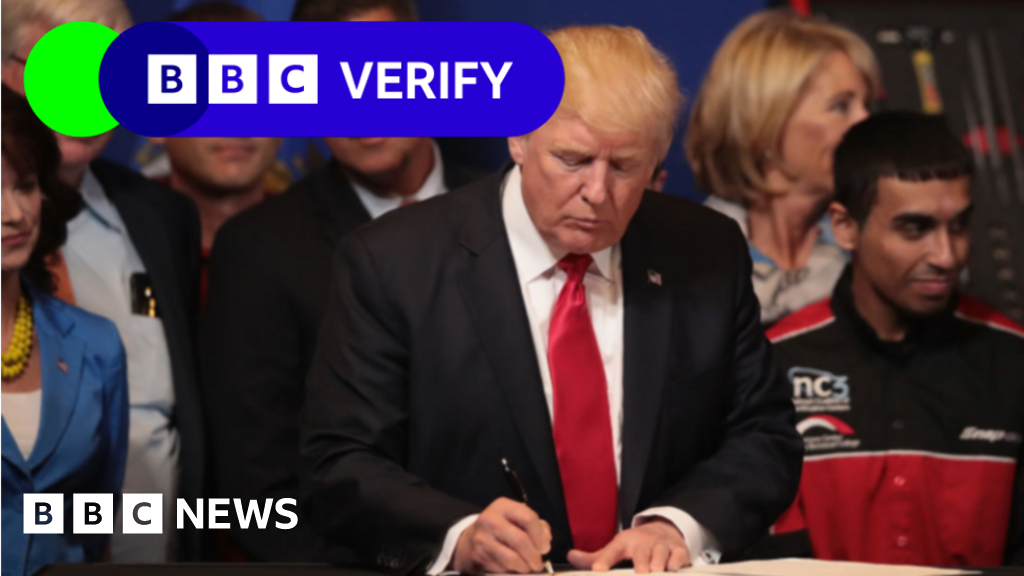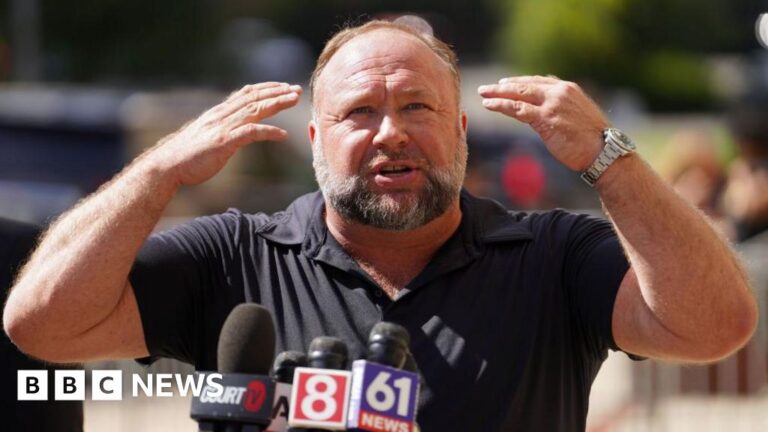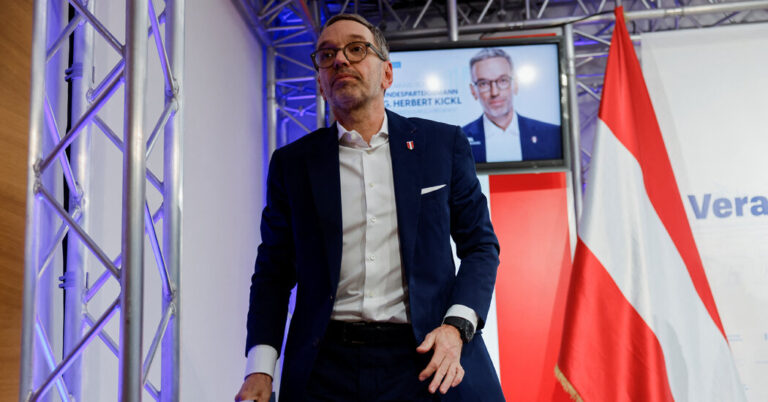Here is the plain text result:
An immigration row has erupted between Donald Trump’s supporters over a long-standing US visa programme. The feud is about H-1B visas, which allow US-based companies to bring in skilled workers from abroad into certain industries.
Some immigration hardliners say the scheme undercuts American workers – but proponents say the visas allow the US to attract the best expertise from around the world.
The president-elect has weighed in, saying he supports the programme – despite being critical of it in the past – and tech billionaire Elon Musk has also defended it, saying it attracts the “top ~0.1% of engineering talent”.
The H-1B visas for skilled workers were introduced in 1990. They are typically granted for three years, but can be extended for up to six years. Since 2004, the number of new H-1B visas issued has been capped at 85,000 per year – 20,000 of which are reserved for foreign students with master’s degrees or higher from US universities.
In the 2023 fiscal year, almost 119,000 new H-1B visas and about 267,000 extensions to existing visas were approved. This is down from more than 474,000 in 2022.
Demand often exceeds the amount of visas granted – in most years there are thousands more applications filed than approved. In cases in which more applications are received than visas are available, US Citizenship and Immigration Services (USCIS) effectively runs the H-1B programme as a lottery – which detractors believe highlights a fundamental flaw in the system.
The median yearly income of people working in the US on an H-1B visa in 2023 was $118,000. The median household income in the US is about $60,000 per year.
The vast majority of those approved come from India, followed by China and the Philippines.
About 70% of those who enter the US on H-1B visas are men, with the average age of those approved being around 33.
Source link




